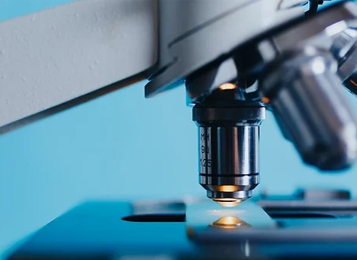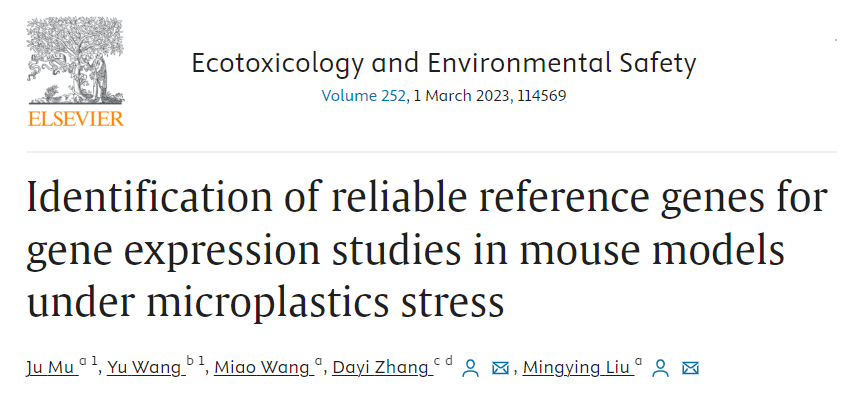

- Application Article
- Download
Hooke College

- About Us
- Team
- R & D and production
- Join Us
- Contact Us
- Qualification honor



On January 23, 2023, Professor Zhang Dayi from Jilin University and Associate Professor Liu Mingying from the School of Basic Medicine of Zhejiang University of Traditional Chinese Medicine published a paper titled "Identification of related reference genes for gene expression studies in mouse models under microplastics stress" in the journal Ecotoxicology and Environmental Safety, using the core product of Changguang Chenying - P300 confocal Raman spectrometer. This study used confocal Raman spectroscopy to determine the accumulation of microplastics in mouse kidney tissue.

Microplastics (MPs) and nanoplastics (NPs) have been deemed to be newly emerged contaminants interfering with various physiological processes closely related with gene expression alteration. Reverse transcriptase quantitative real-time polymerase chain reaction (RT-qPCR) serves as a powerful tool to assess gene expression, however highly dependent on a reliable reference gene. Therefore, it is necessary to identify stable reference genes for gene expression study under MP or NP stress. We constructed a mouse model postexposure to polypropylene microplastics (PP-MPs) to assess PP-MPs bioaccumulation in kidney, evaluate the kidney pathological changes, and then explore potential reference genes via RT-qPCR. Although the hematoxylin-eosin staining showed no obvious damage in kidney tissues, we observed significant PP-MPs accumulation in kidney using Raman spectra analysis supported by spectral multivariate analysis. The expression of 19 candidate reference genes were examined, including the commonly used ones of β-actin, glyceraldehyde 3-phosphate dehydrogenase (Gapdh), Cytochrome c oxidase subunit 4I1 (Cox4i), Histocompatibility 13 (H13) and ribosomal protein. Their expression stability and reliability were assessed by the combination of four algorithms including geNorm, NormFinder, BestKeeper and Delta Cq. The geNorm analysis revealed that the top three genes with the lowest variability were Cox4il, Rps9 and Gapdh, whereas NormFinder results ranked Rps3, Cox4il and Rps18 as the top three ones. Rpl15, Cox4i1 and Rps3 were the most reliable reference genes in BestKeeper results, and Delta Cq proposed Rps3 and Cox4il as the stable genes. The overall ranking indicated by GMR value gave the five most stable reference genes (Cox4i1, Rps3, Rps9, Rps18 and Gapdh). Three genes associated with different biochemical processes (Atp5f1, Crebbp and Dele1) were chosen to verify the characterized reference genes using the least stable gene as a control, exhibiting different expression profiles and implying the essentiality to select the reliable reference genes. Our results documented the expression fluctuations of acknowledged reference gene (Ubc) and proposed a set of reliable reference genes for future studies of gene expression profiles in MP treated mouse models.
The paper links:
https://doi.org/10.1016/j.ecoenv.2023.114569

+86-431-81077008
+86-571-86972756

Building 3, Photoelectric Information Industrial Park, No.7691 Ziyou Road, Changchun, Jilin, P.R.C
F2006, 2nd Floor,South Building, No. 368 Liuhe Road, Binjiang District, Hangzhou, Zhejiang,P.R.C

sales@hooke-instruments.com

COPYRIGHT©2022 HOOKE INSTRUMENTS LTD.ALL RIGHTS RESERVED 吉ICP备18001354号-1